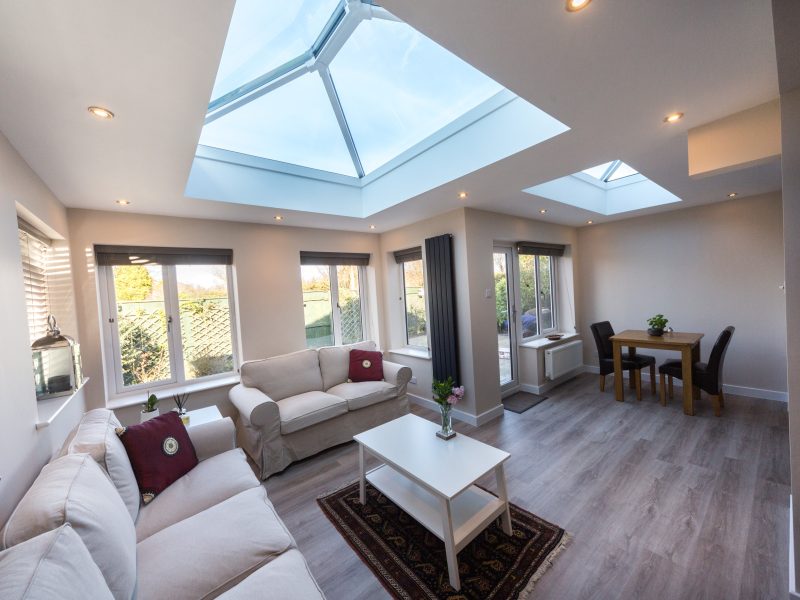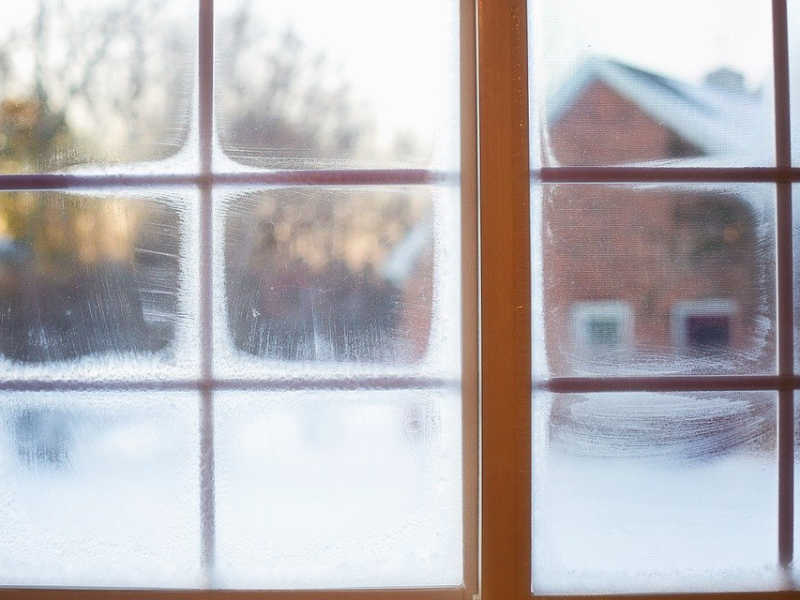Why should you draught-proof your home?
If there are any unwanted gaps in your home’s structure, the cold comes in and the heat goes out. By draught-proofing, you’re essentially finding these gaps and blocking them with an appropriate material. This doesn’t just make your home more comfortable, it also reduces heating bills. After draught-proofing, the average UK household saves around £20 per year. And greater energy efficiency means you’re lowering your carbon footprint, too.
Find the draughts
You might be tempted to draught-proof every door and window as a precautionary measure, but this isn’t necessary. Whistling noises, moving curtains and visible light around windows or doors are three tell-tale signs of moving air – so take a good look around each area and feel for the draughts, then only take action where you need to.
How to draught-proof your windows
Not all windows are born equal – and when it comes to draught-proofing, different windows require a different approach. Note that this is a general guide, and older buildings require specialist attention.
Opening windows
For windows that open, you have two options. The cheapest and easiest is to seal gaps with self-adhesive foam strips – but these are more of a temporary solution, and might not last long. They also don’t work as well for sliding sash windows. For longer-lasting results, spend a little more on metal or plastic strips with brushes or wipers attached.
As well as deciding which type of strip to use, you’ll also need to measure the gap in your window. For the most reliable outcome, you’ll need a strip that’s big enough to cover the gap, but not too big, as it might stop you from closing the window properly. Precision is key.
Windows that don’t open
If you’ve spotted a draught around a window that doesn’t open, spray a silicone or foam sealant into the cracks. These sealants can also be used in any gaps between window frames and walls.
 Architect Designed Living Spaces
Architect Designed Living Spaces
 Finance Options Available
Finance Options Available








